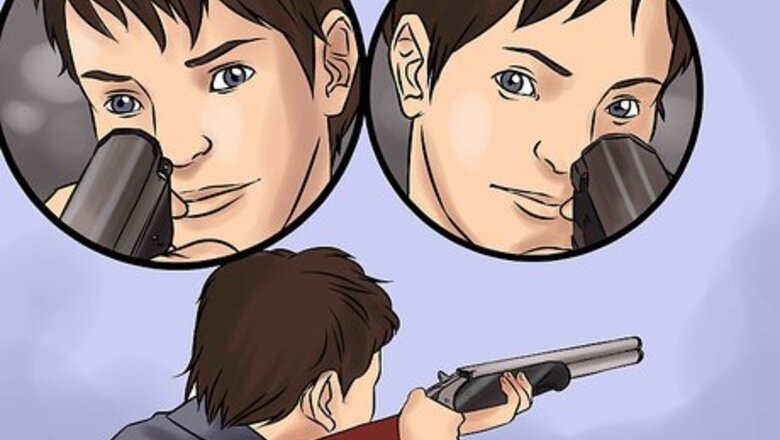
views
Choosing a Shotgun
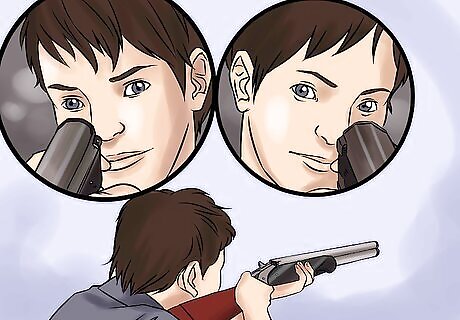
Find your dominant eye, generally the same as your dominant hand. This determines if you should purchase a left or right handed shotgun; if your right eye is dominant, buy a right-handed shotgun. Some shotguns can be used by both right and left "eyed" people.

Form a budget; depending upon how much you are willing to spend, you may be able to rule out entire types of shotguns. Generally, you should expect to spend: $100 USD on a break-open single shot $200-$500 on a pump-action shotgun $500-$1000 on a semi-auto shotgun $1000+ on a worthwhile double-barreled shotgun
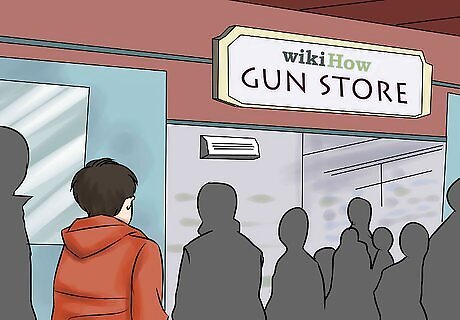
Go to a gun store with a large selection of shotguns
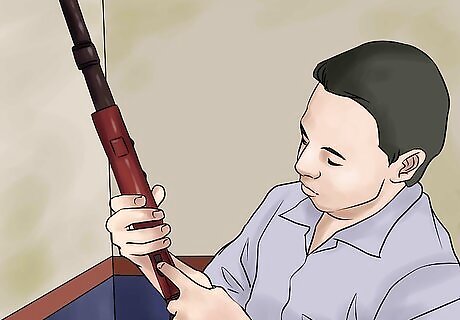
Find a shotgun that fits you: Pick a spot on the wall Close your eyes Point the shotgun at that point on the wall Open your eyes The shotgun should have come to your shoulder easily. The stock should not be too short for you. Ask the shopkeeper for advice on this matter. You should not have to deflect your head very much from it's natural upright position to place your eye correctly over the barrel; assuming this position should be natural. The shotgun should be pointing at the spot on the wall when you open your eyes.
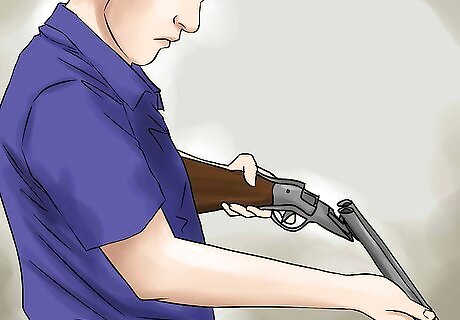
Inspect this shotgun for damage or rust.

If you like the shotgun, it's within your budget, it shoulders naturally, and it's mechanically sound, then you should buy the shotgun!
Choosing Ammunition
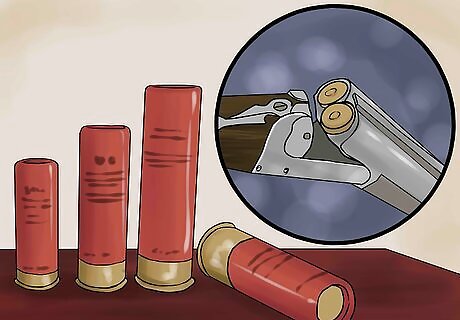
Find out what gauge of shotgun you are buying ammo for. The common gauges are 10, 12, 16, 20, 28, and .410. 28 is smaller than 20 which is smaller than 16. The larger the gauge, the smaller in diameter the shell is .410 is an odd exception, just remember it is the smallest.
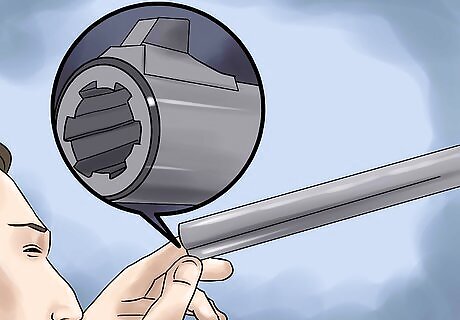
Find out if your shotgun barrel is rifled. If it is, you can only shoot slugs - preferentially "sabot slugs". If your barrel does not have grooves in it, you can shoot everything, including sabot slugs - though the slugs won't be very accurate.
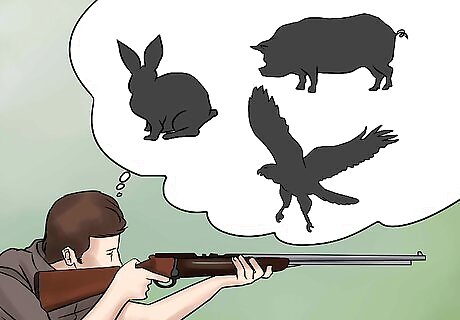
Decide what you are going to use the ammo for: For small animals or clay targets, buy shotshells with small shot ("birdshot", #9 up to, say #4) in them. Not only are they the cheapest shells available, but they are gentler on your shotgun and (generally) your shoulder. For larger small animals, such as ducks up to large geese, you should buy shotshells with somewhat larger shot, say #5 up to #2. For larger animals, such as coyotes or deer, it is best to use slugs - the largest round available in a shotgun shell. Alternatively, you may choose to buy slugs for shooting large animals. Remember, sabot slugs for rifled barrels, "rifled" slugs for smooth barrels. To fit a shotgun, Hold the shotgun with your dominant shooting hand with the barrel pointed up, rest the end of the shotgun stock in the crook of your arm, where your elbow is bent, if your trigger finger can reach the trigger comfortably then the gun fits your arm and fits you!













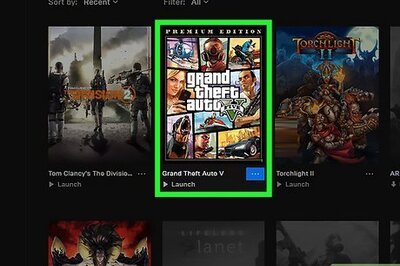






Comments
0 comment